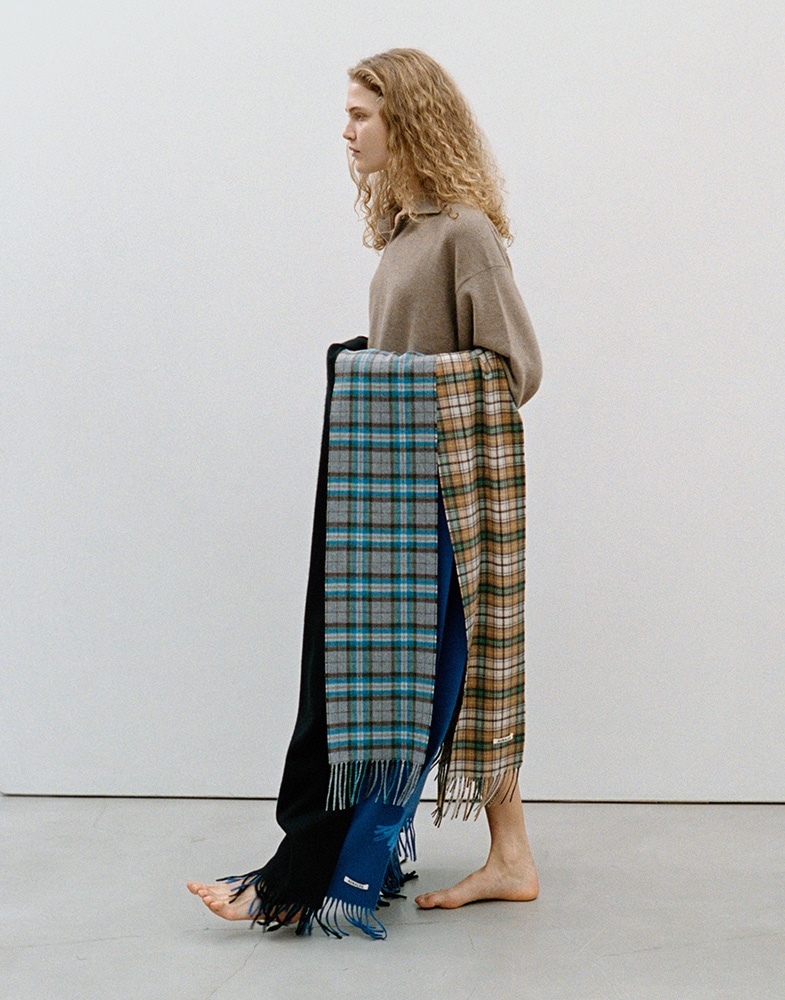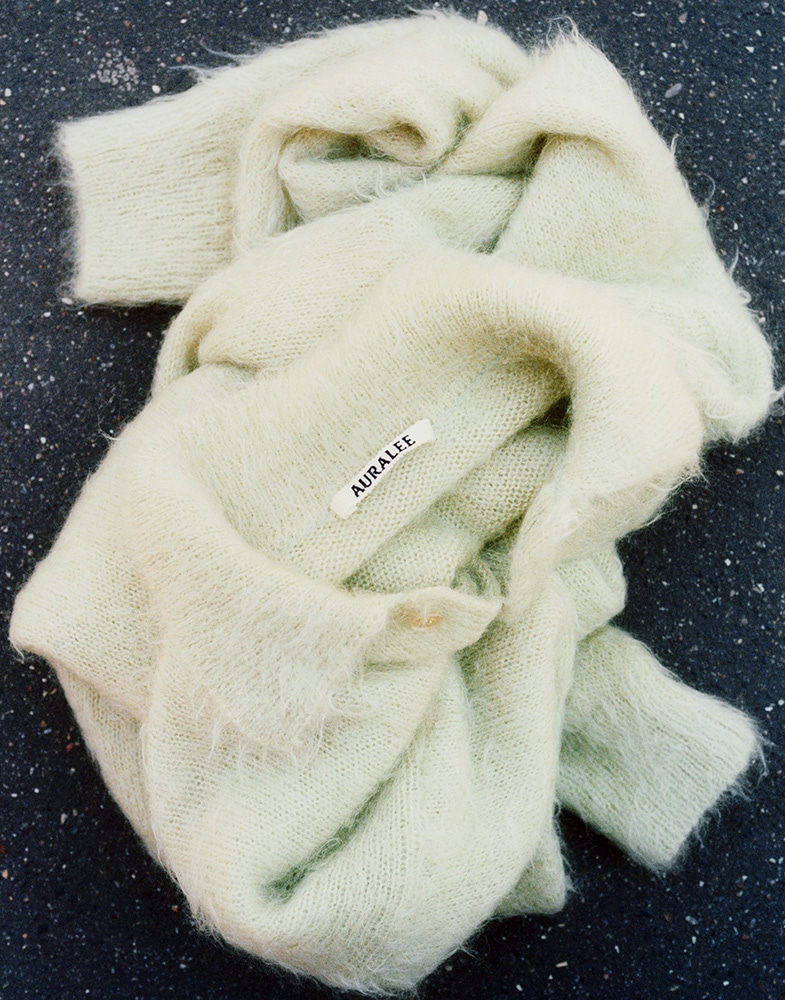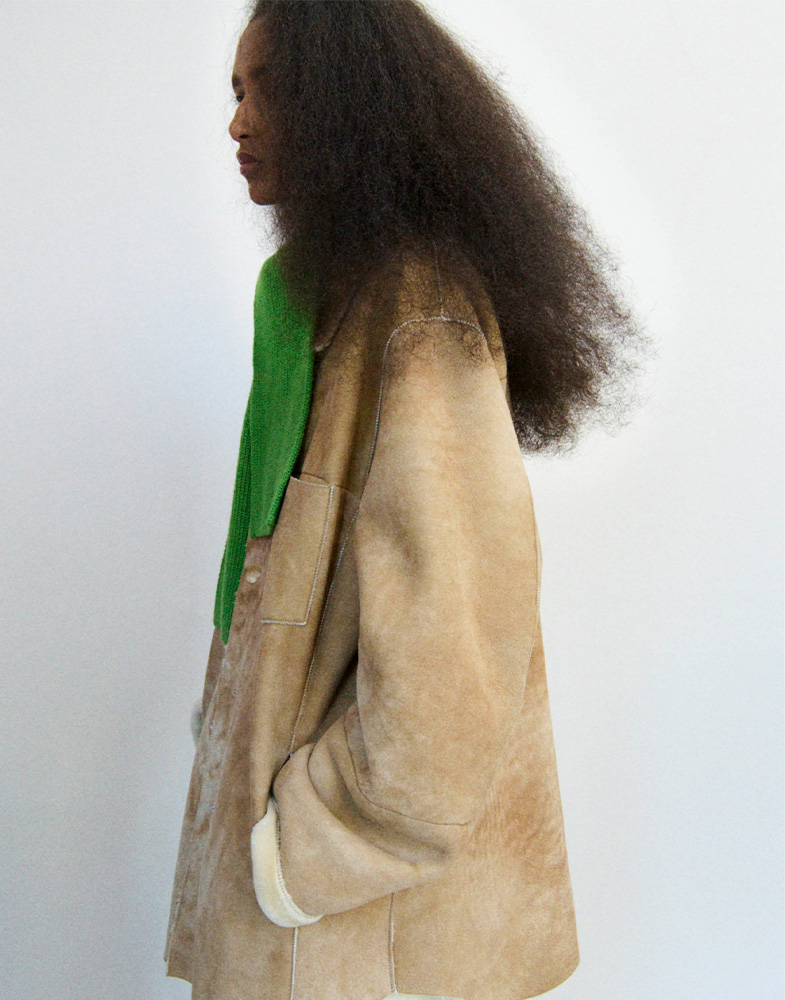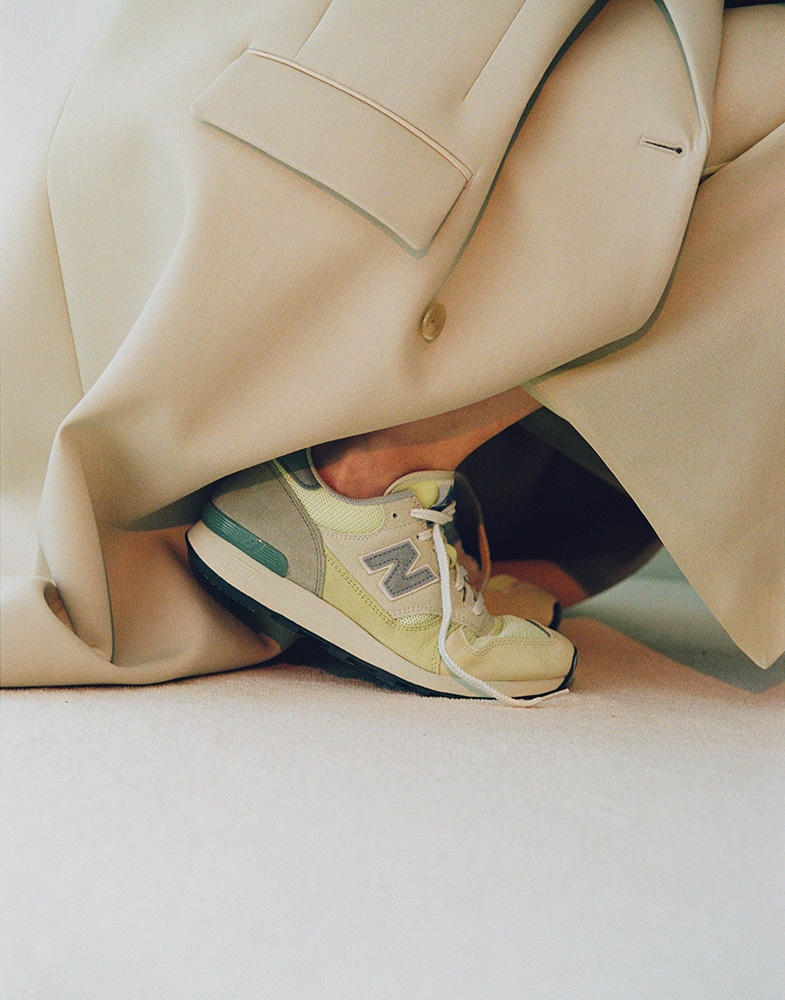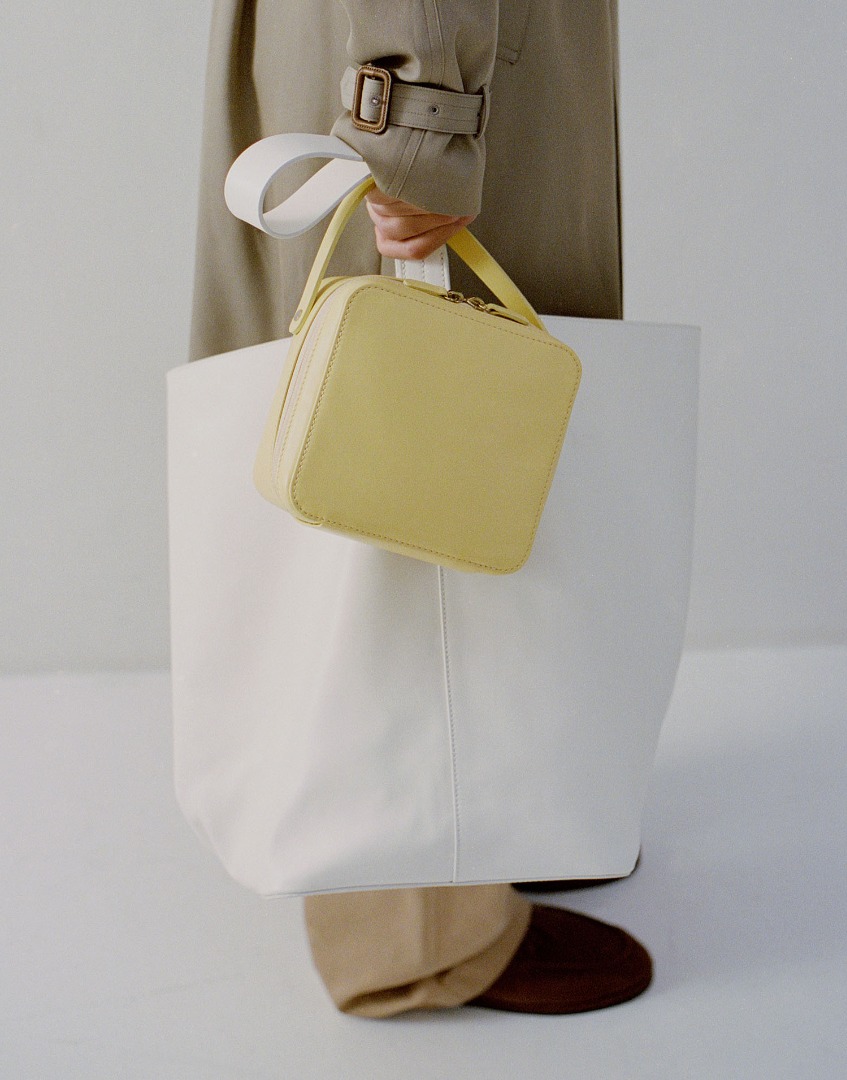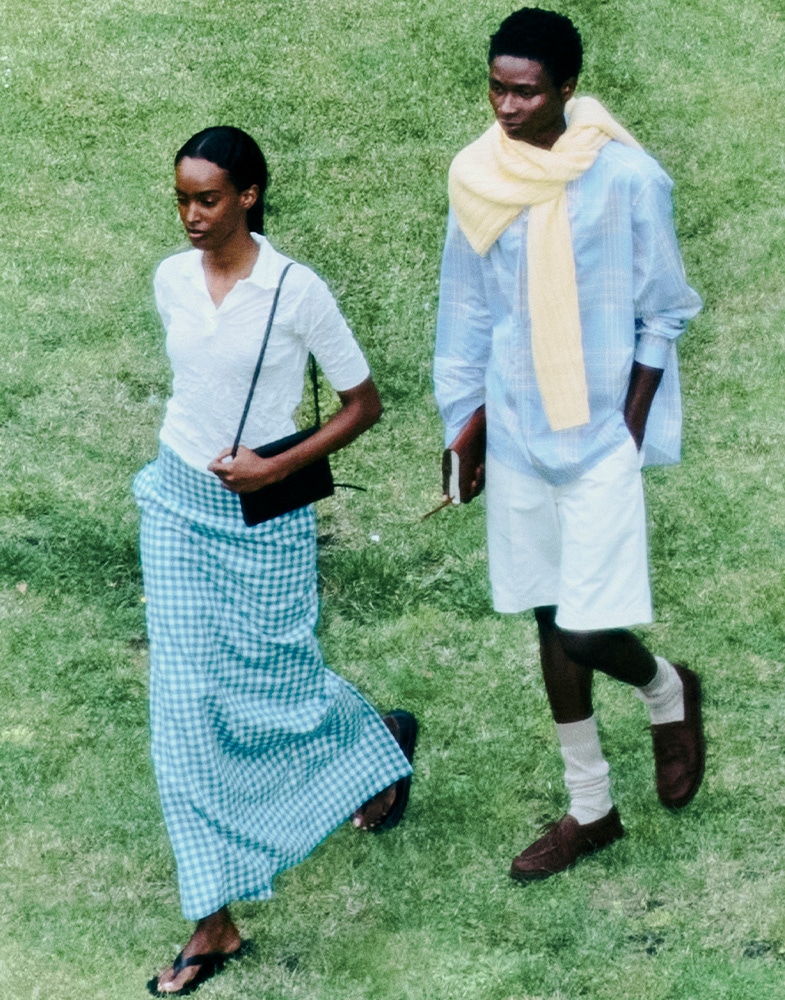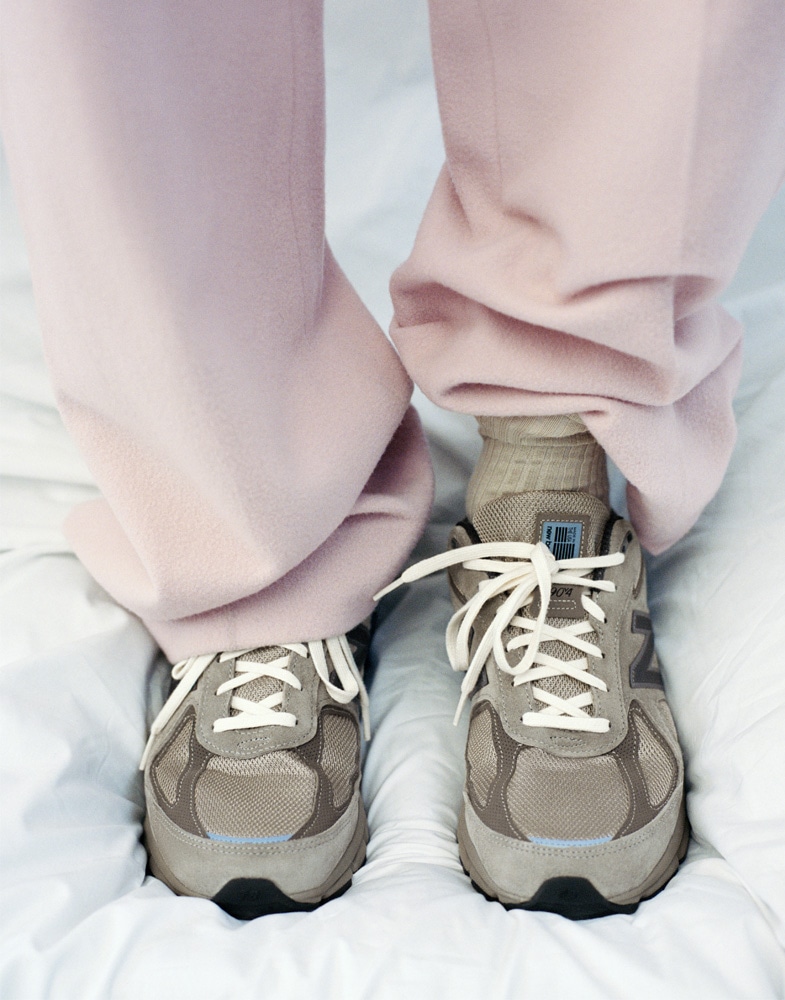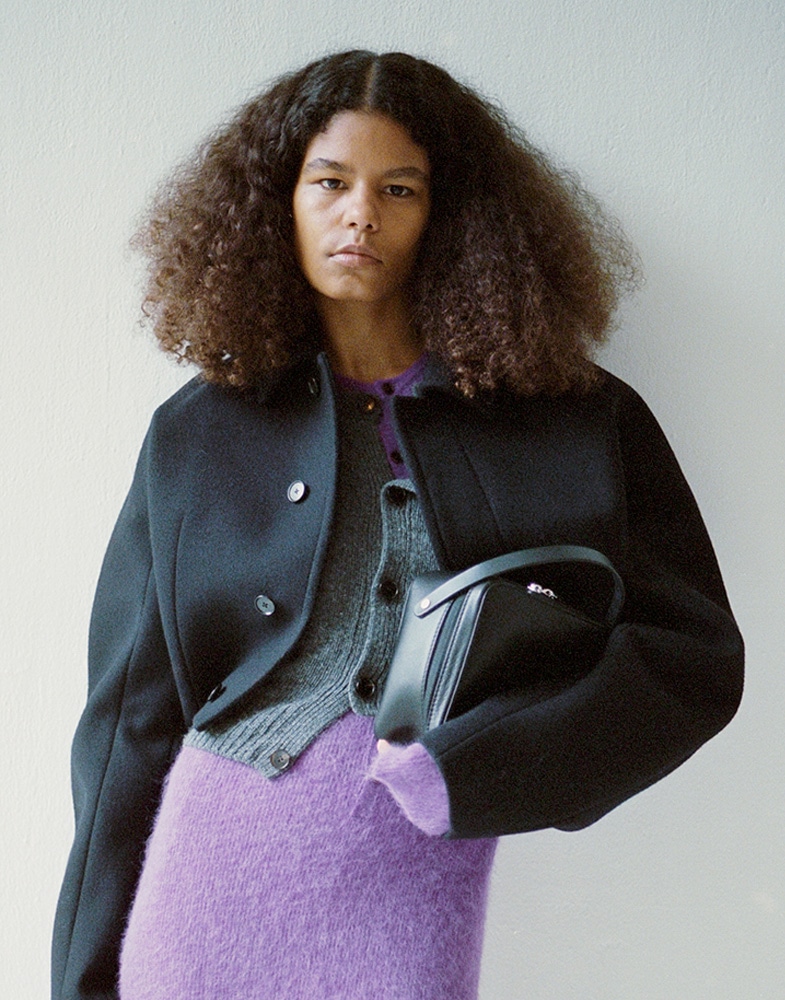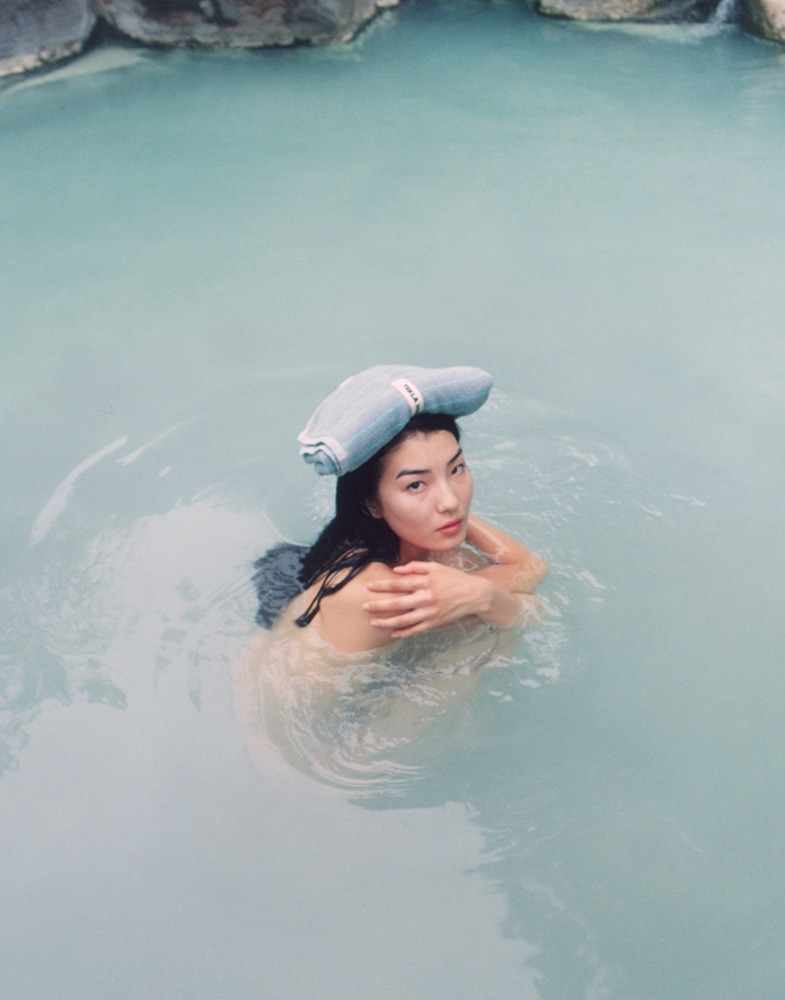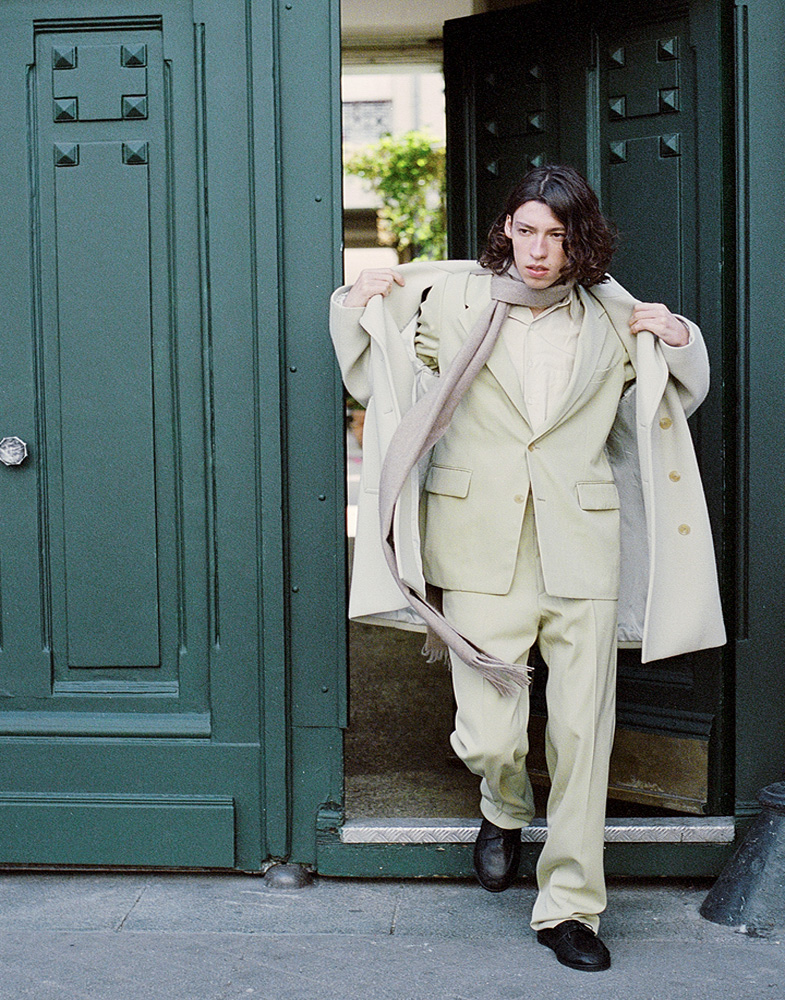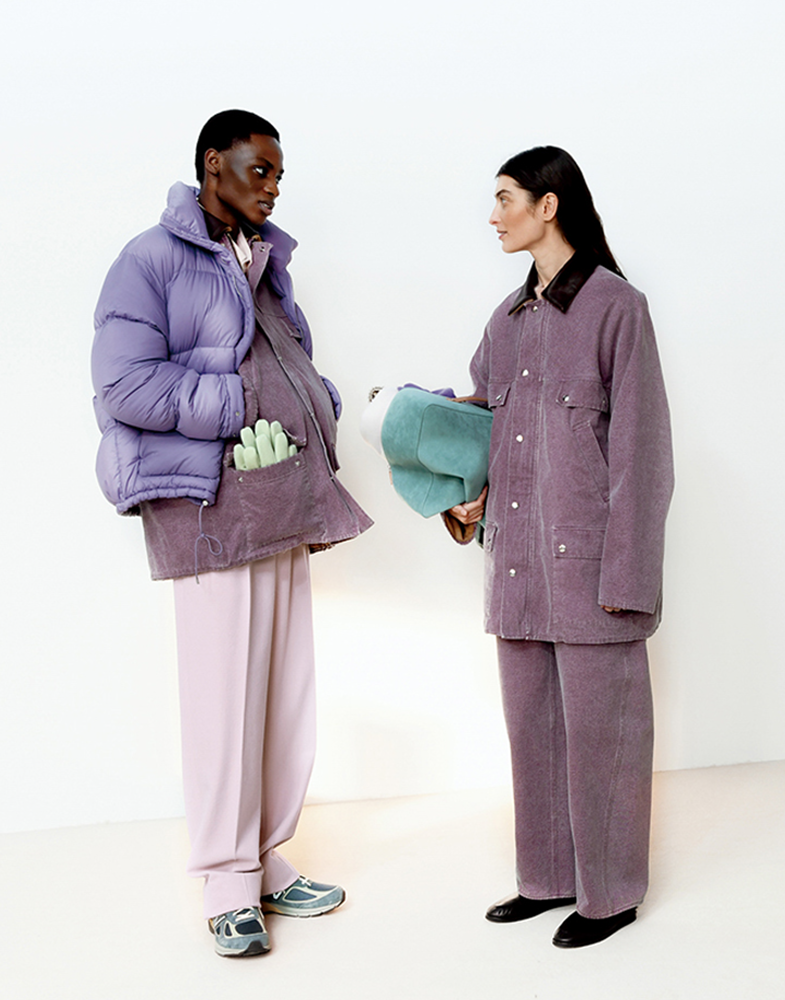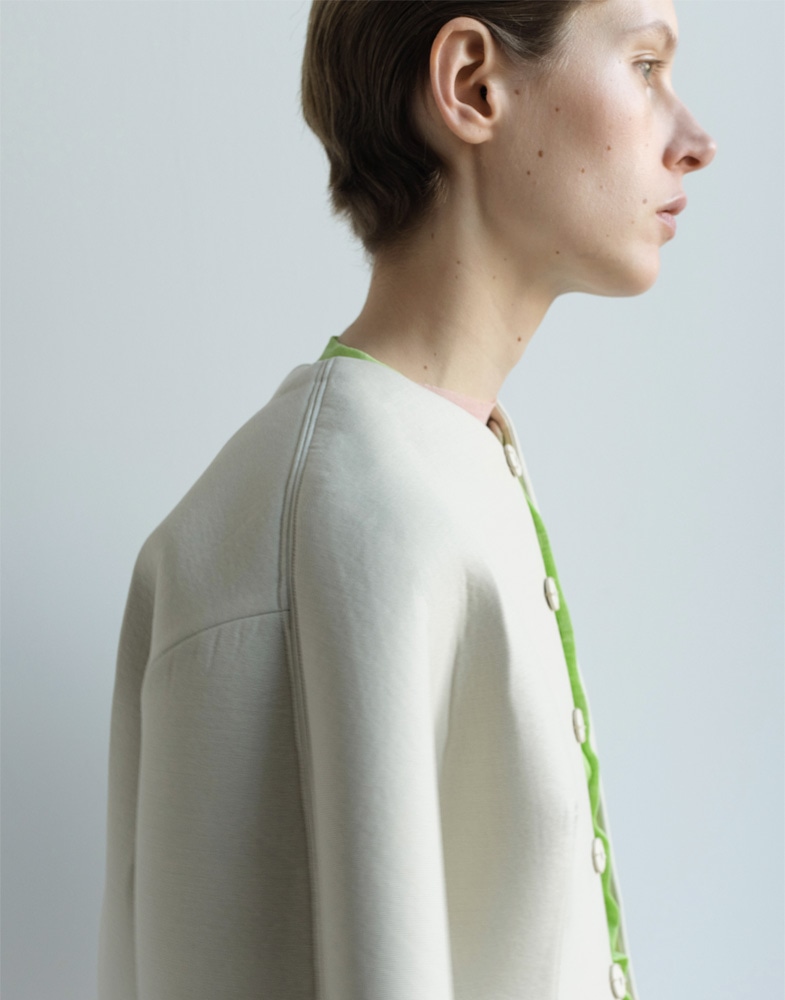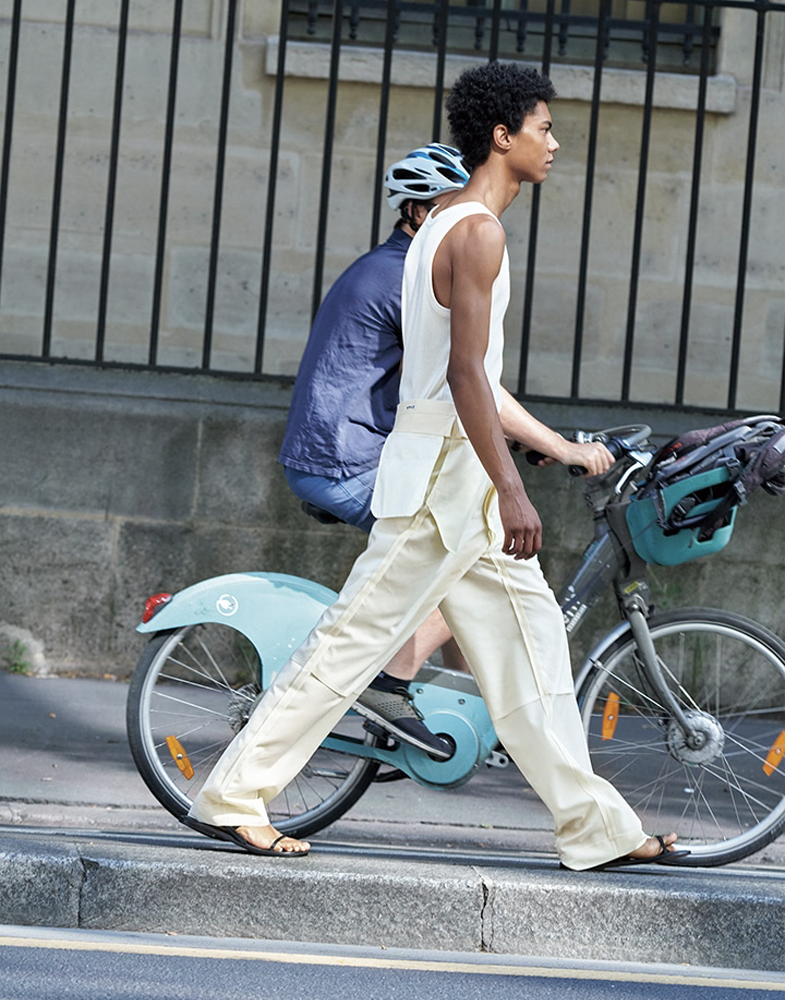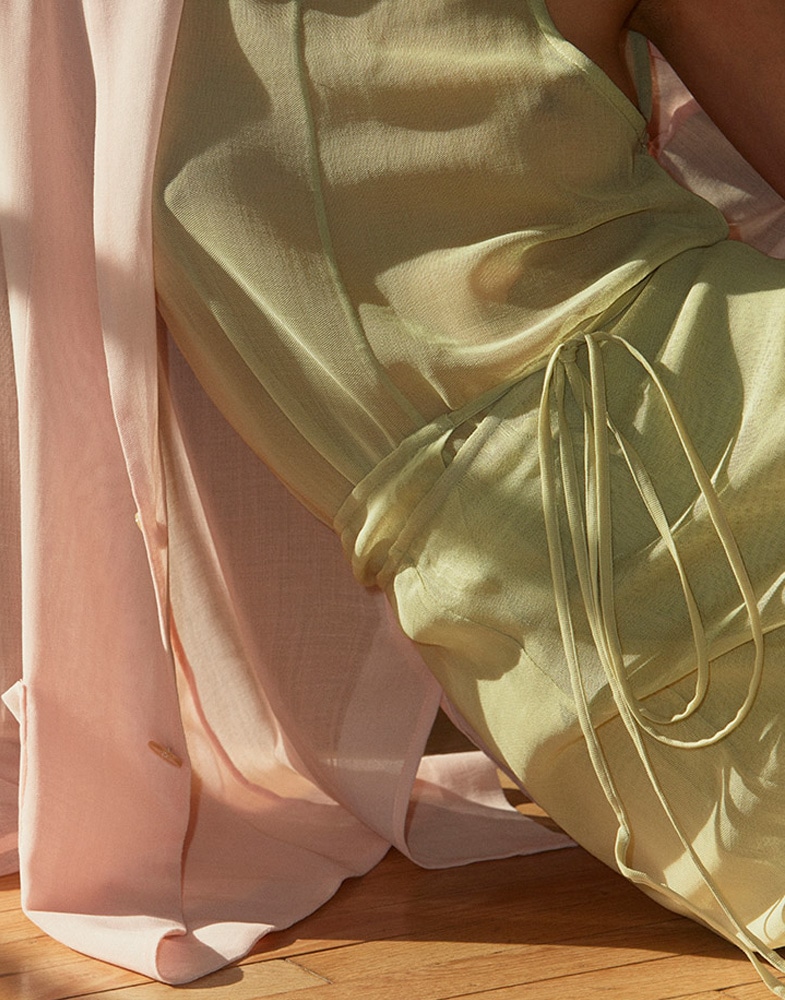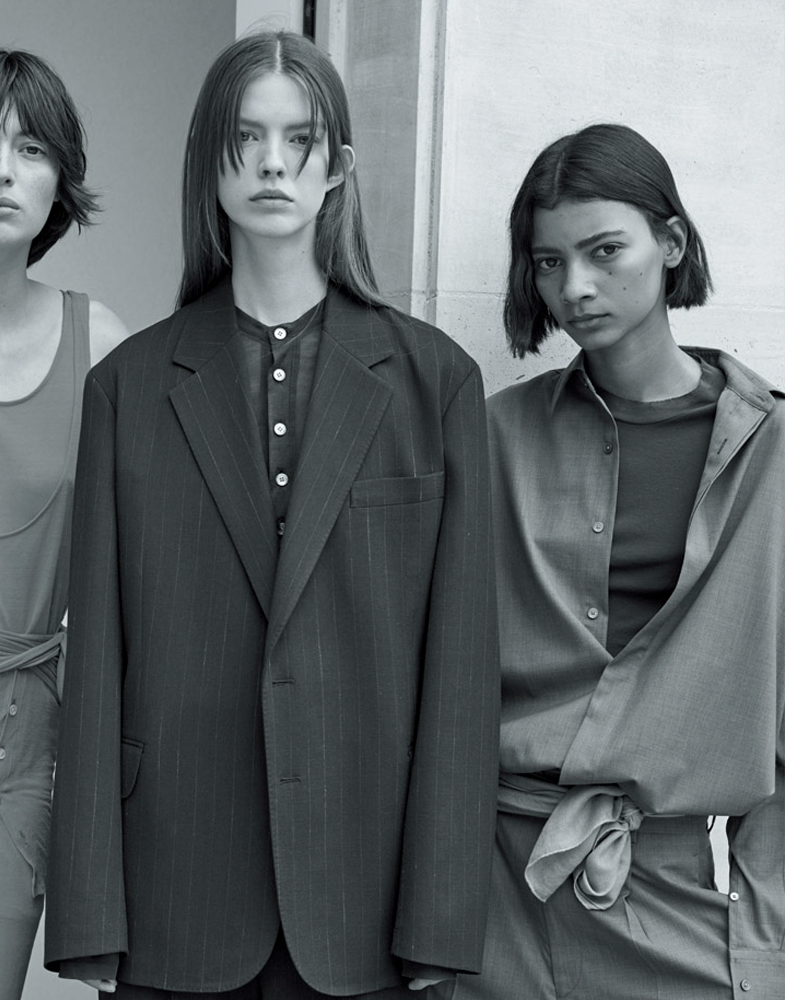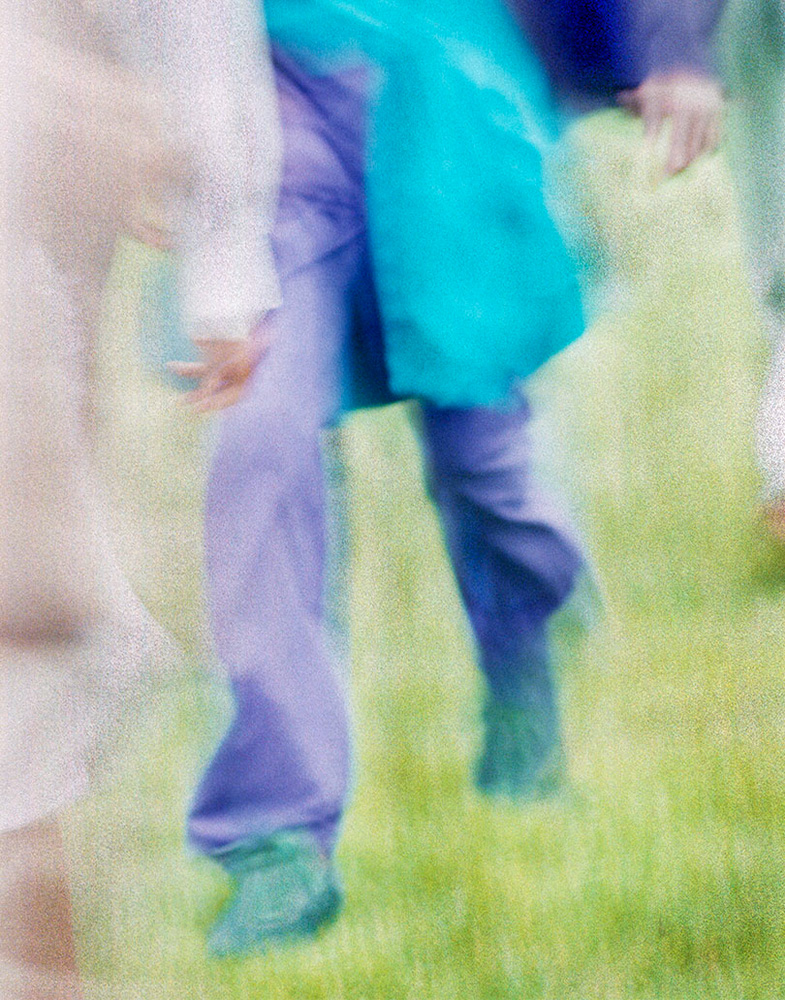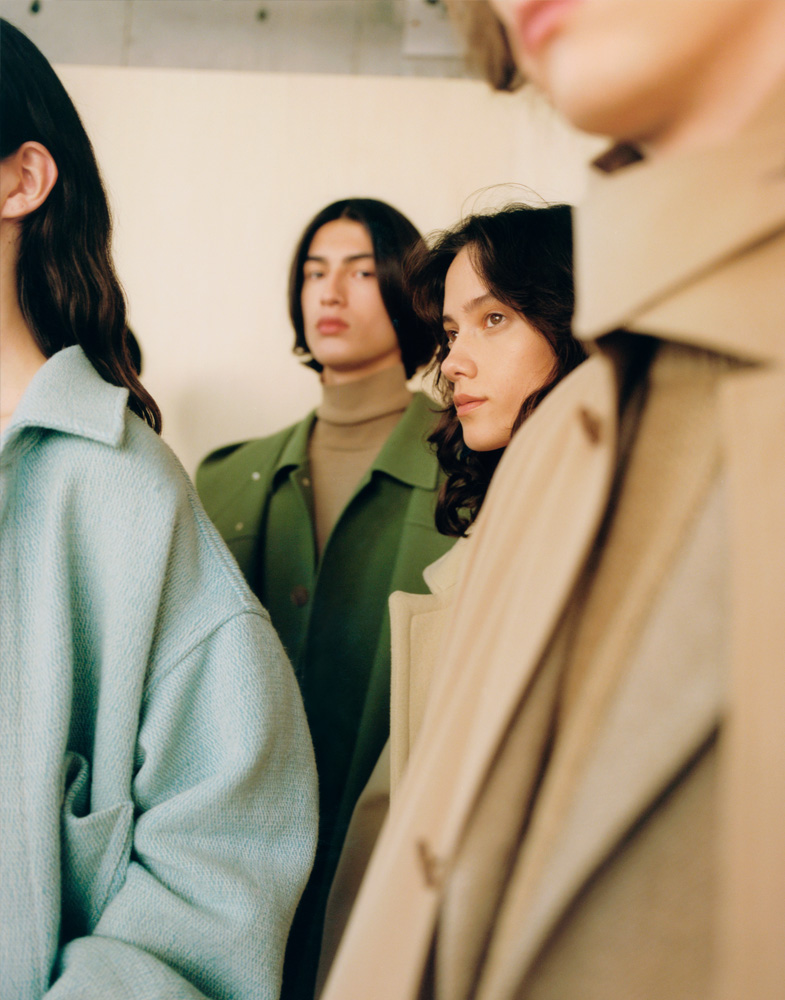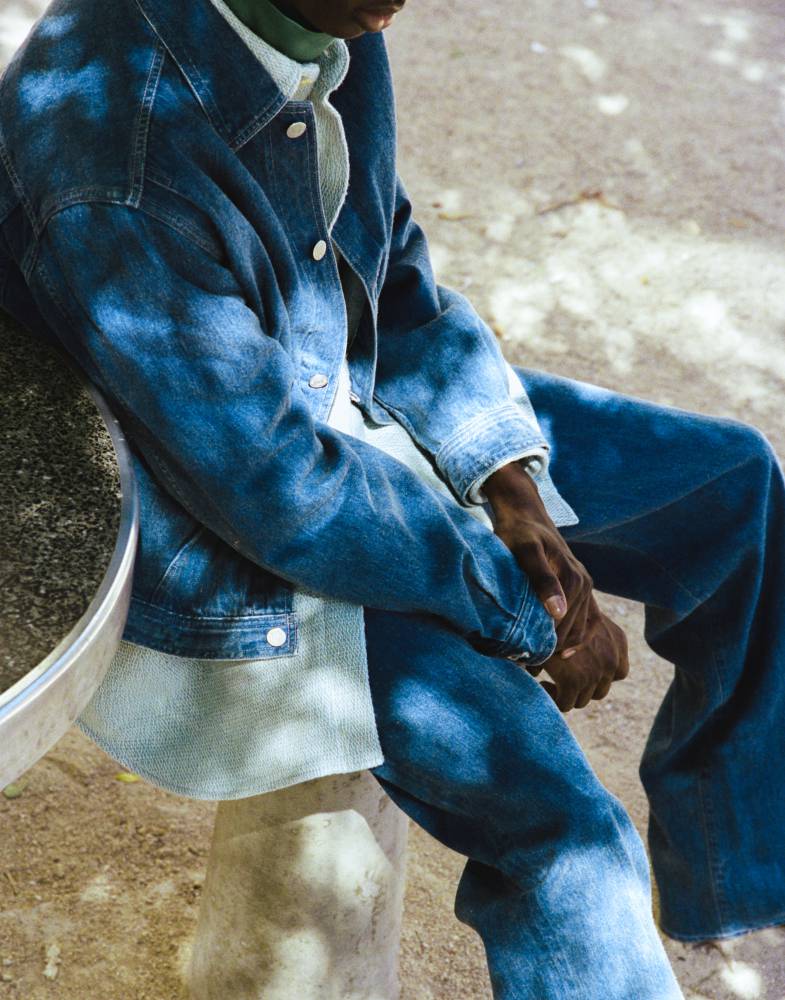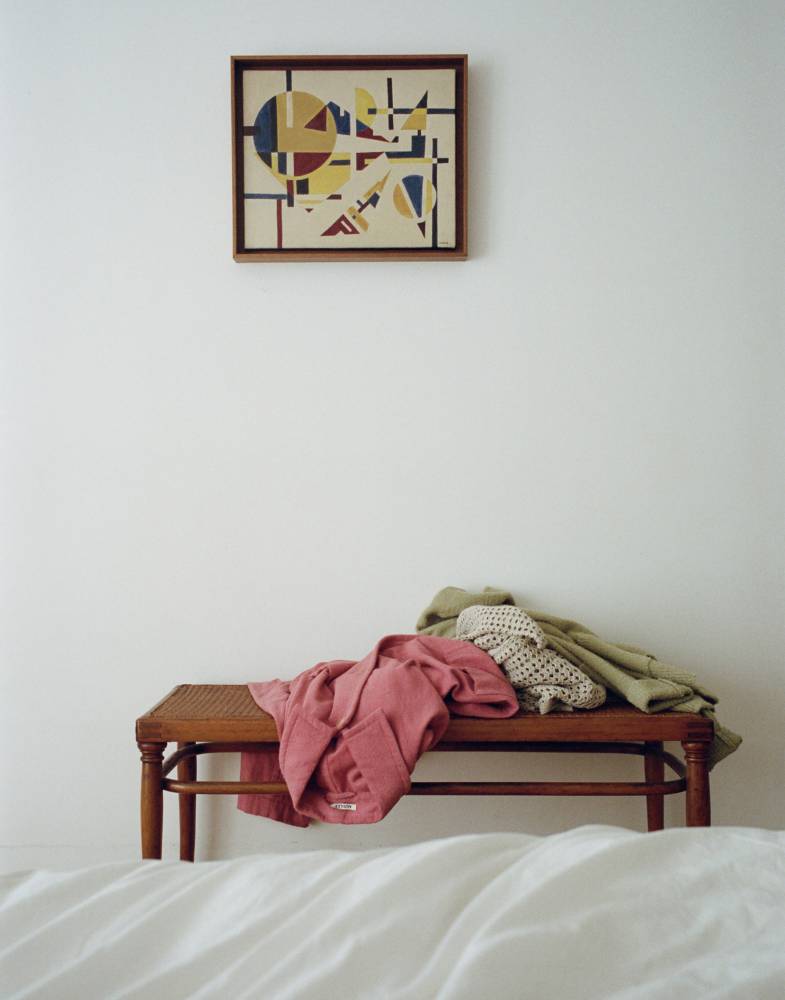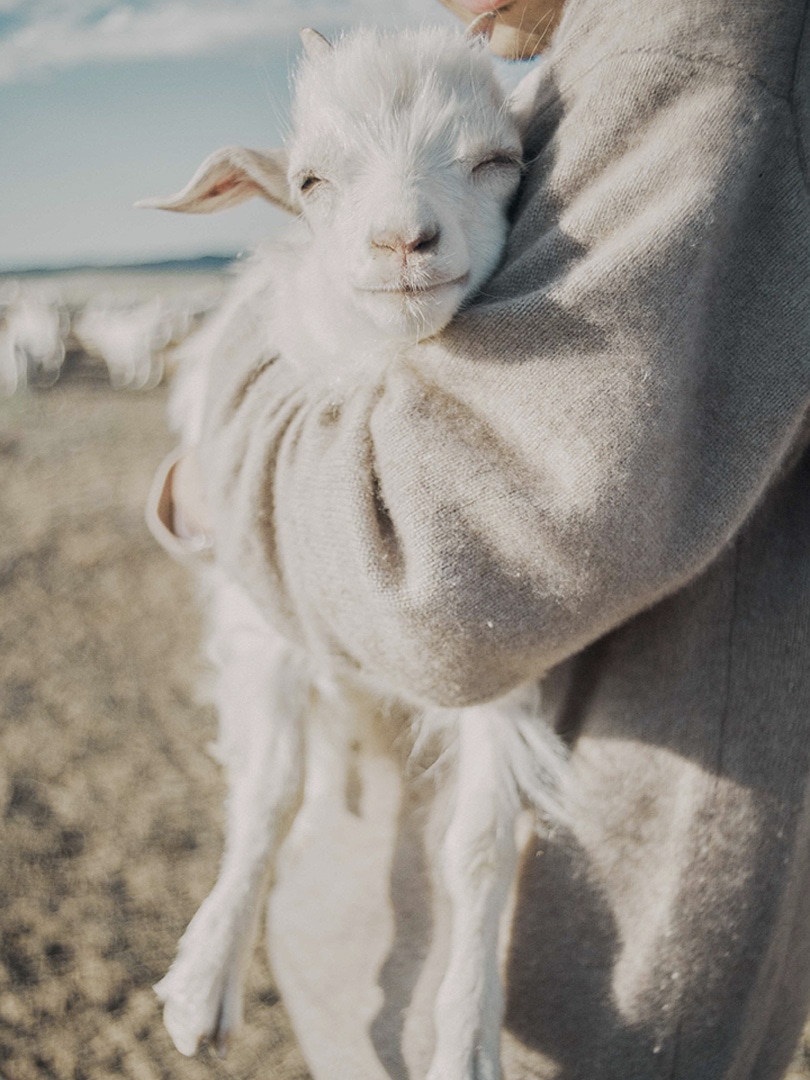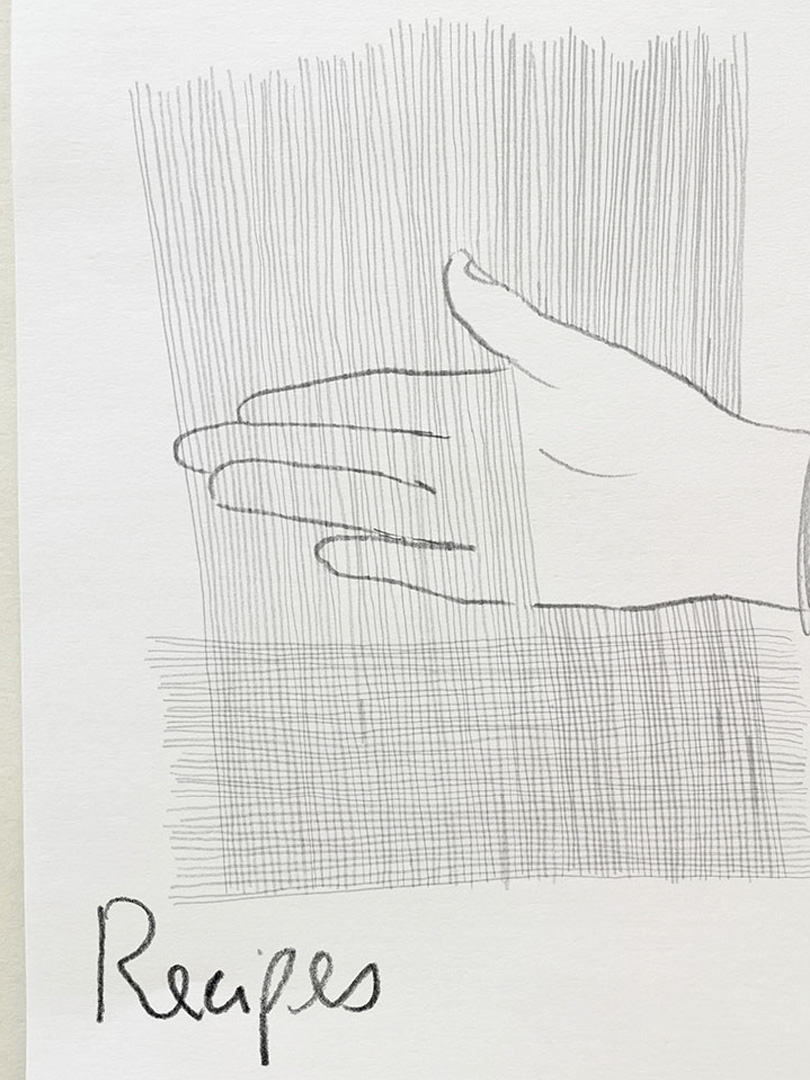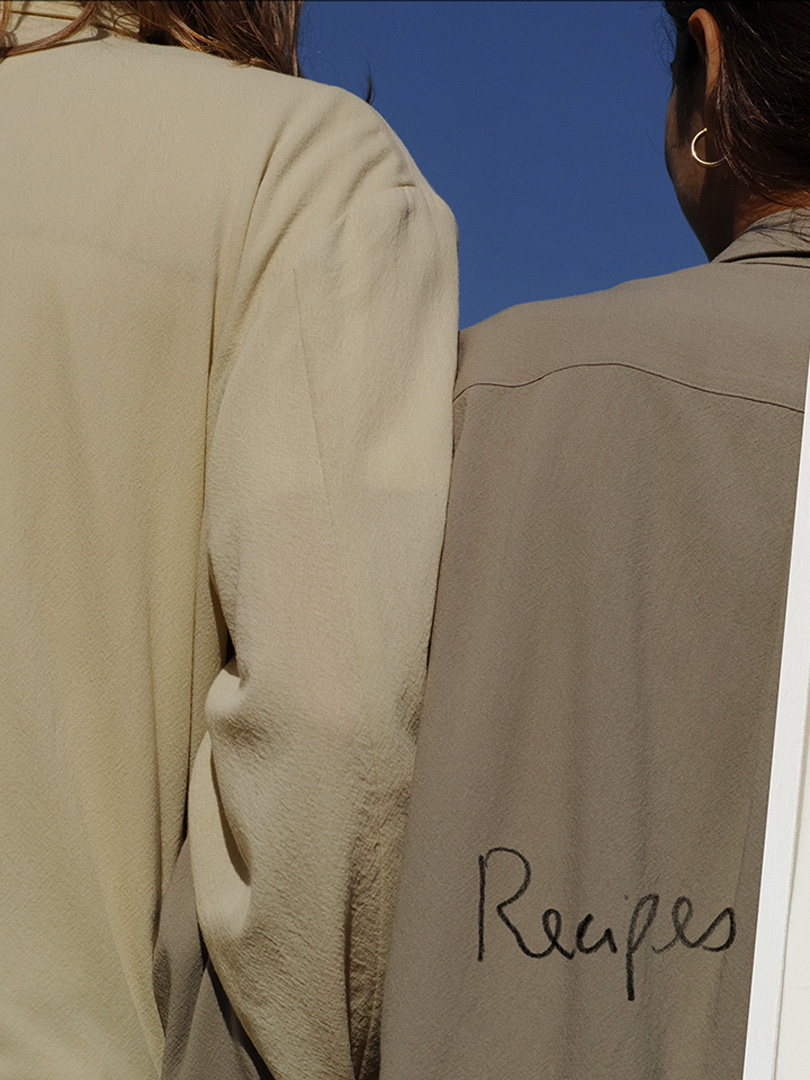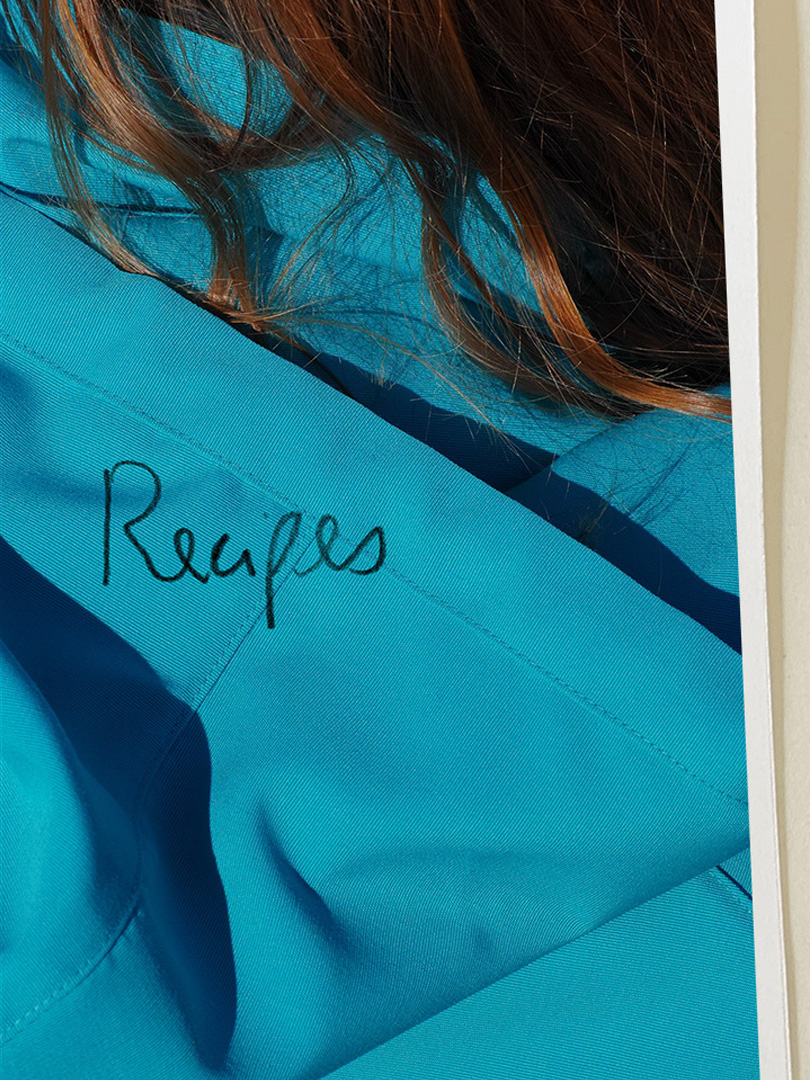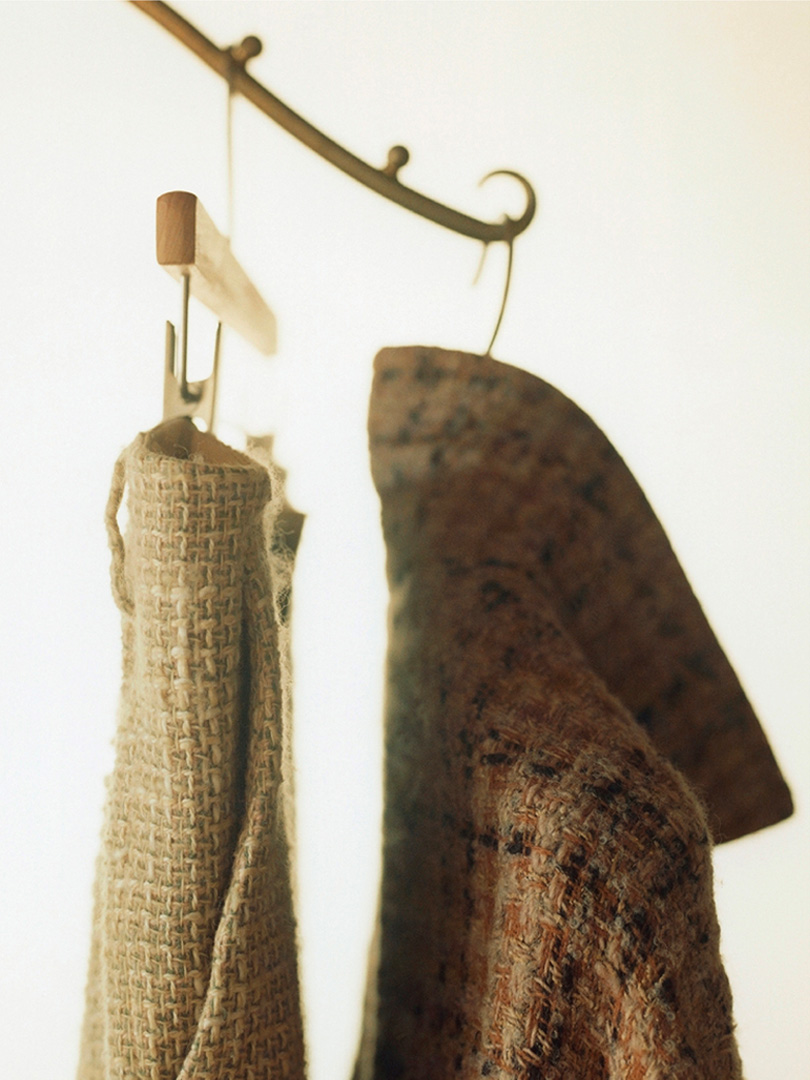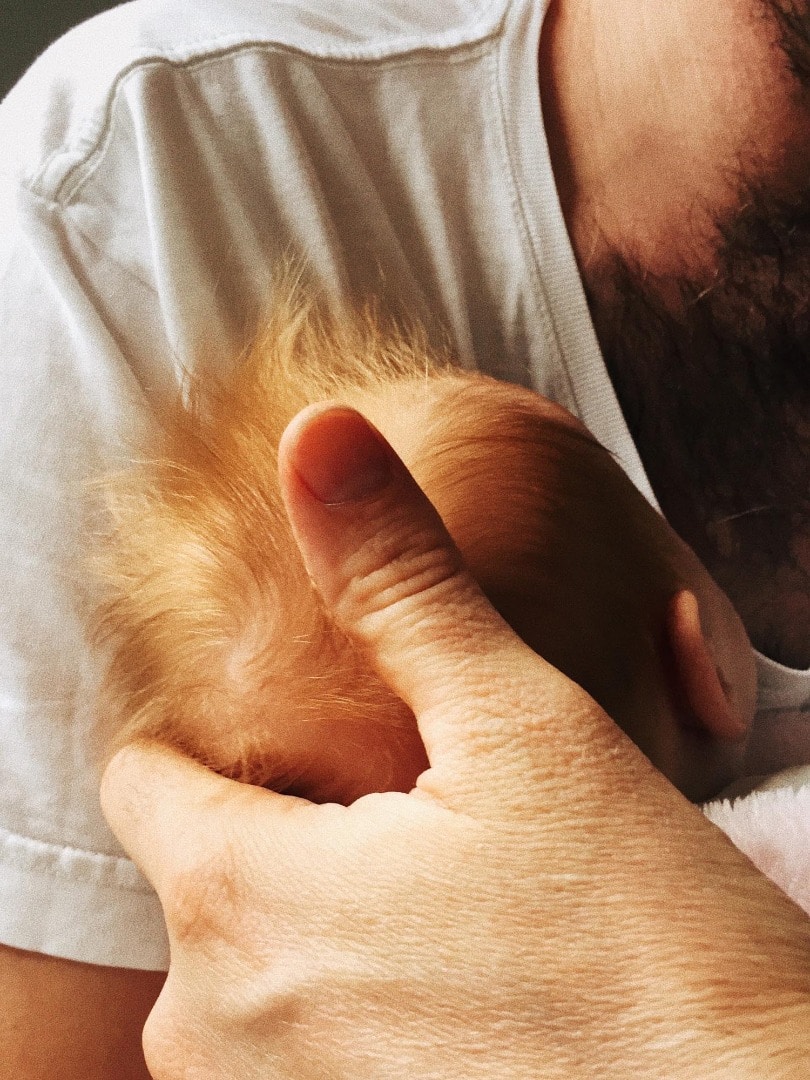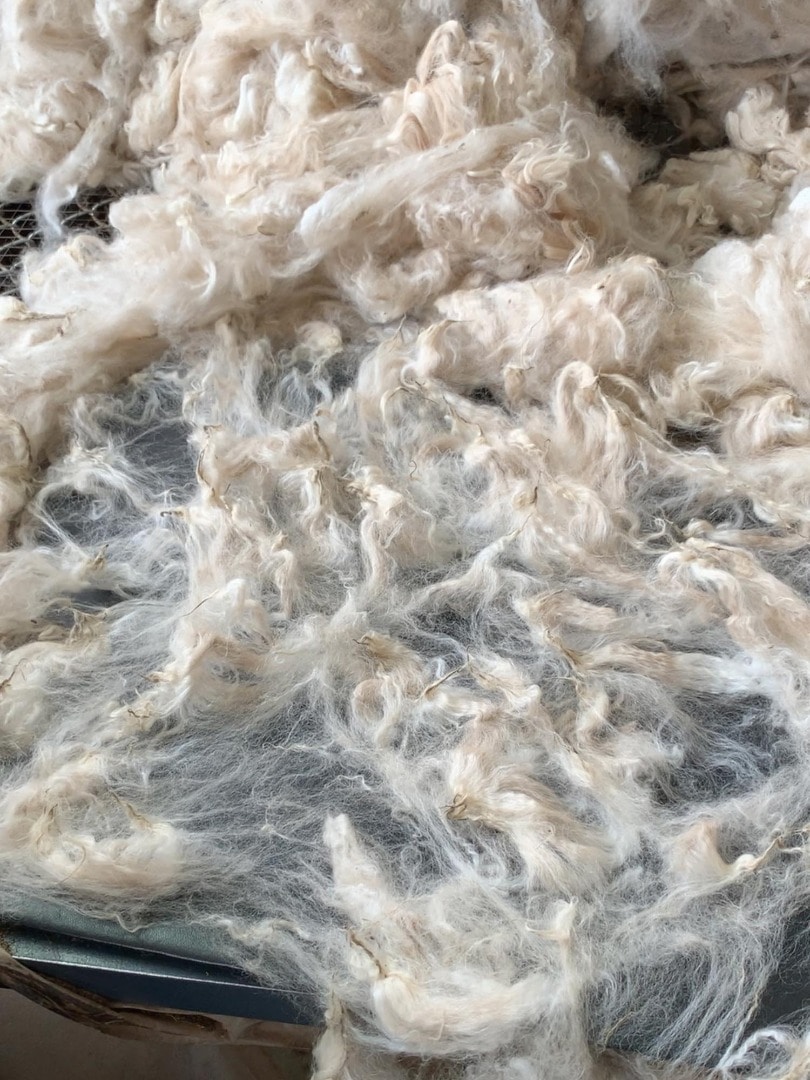Memory of Time
Words by Dean Kissick
Photography by Hal Haines
Autumn Winter 2022
A favorite item of clothing can be a way of remembering a certain time of life. Some garments remind us of the time and the place that we bought them, or the people that gave them to us, and what was going on in our lives back then. Just like the experience Marcel Proust has close to the beginning of his great novel In Search of Lost Time (1913–27), when he dips his madeleine into his tea and is suddenly transported all the way back to his youth:
“I raised to my lips a spoonful of the tea in which I had soaked a morsel of the cake. No sooner had the warm liquid, and the crumbs with it, touched my palate, a shudder ran through my whole body, and I stopped, intent upon the extraordinary changes that were taking place. An exquisite pleasure had invaded my senses.”
When I wear garments that I’ve grown up with like this, it’s like jumping into a time machine.
I have a high-quality sweater, an oversized one I like to wear with the cuffs rolled back inside-out to show the inside of the weave, that I’ve had for six or seven years at least. When I pull on this sweater I’m reminded of Selfridges, one of my favorite stores, where I bought it, and of London, which was my home for over a decade and which I often miss. I’m reminded of a different time in my life, a time that’s gone now, and of all the friends I had when I was there, all the parties I went to and the dates that I went on while wearing this sweater, and it’s comforting to remember all this so frequently.

Scrolling down through pictures of our lives, we see how we change, how our body shapes and faces and hairstyles change. How the places we live and work, the people we have around us and the relationships we’re in change. Even the styles in which we dress change—but our favorite pieces of clothing remain nearly the same. They do change too, but more slowly and subtly than everything else.
Great paintings grow more beautiful with age, which is one of the reasons why our greatest masterpieces, the ones we value the most, are old pieces in museums. Over the years they acquire an aura: a magical and unique quality. The same is true of clothes; and when we wear those clothes, we take on some of that aura ourselves. But artworks need conserving, they need to be looked after, and so do our clothes.
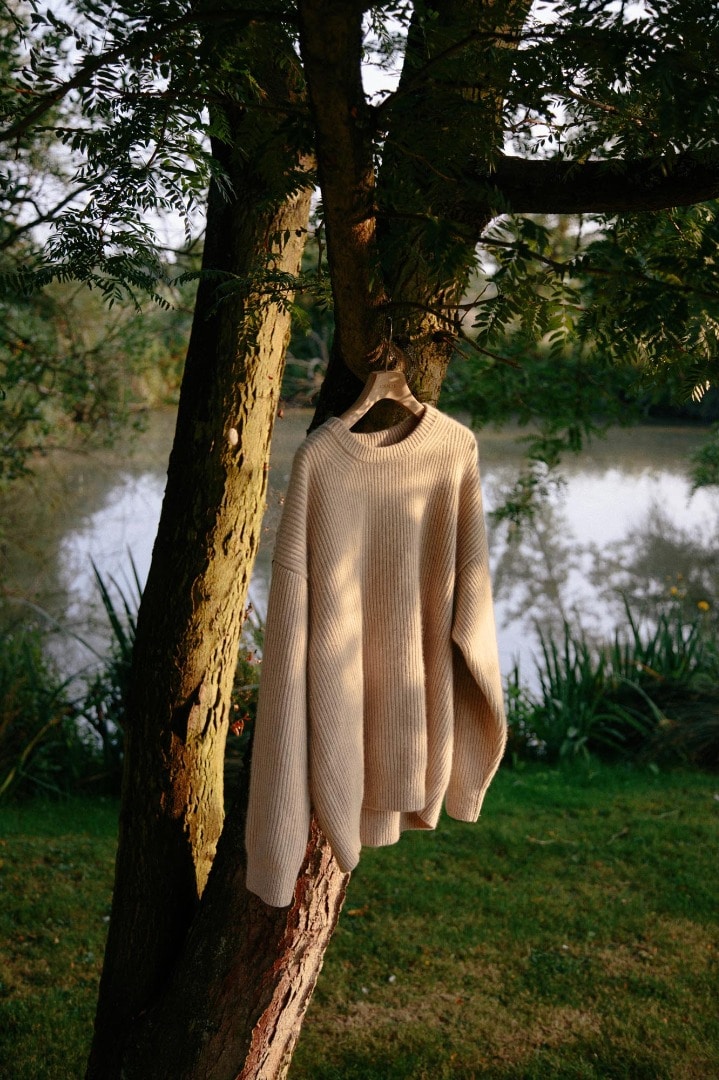
If I lose a favorite piece, or don’t care for it well and allow it to fall apart, it’s gone forever. Even if it’s still possible to buy the exact “same” garment, it’s never really the same. It’s not the same as the item I bought from that particular store, that I wore to so many places, that I took to the launderette so many times and cared for. Our garments change when we wear them and move around the world with them. Over time they grow richer and more complex, and more uniquely our own. Much like how some classical architecture looks more beautiful in ruins, or how old renaissance paintings grow more enchanting over the years, clothes slowly, often imperceptibly, change and evolve.
Each garment reflects who we are and how we’ve lived in them. It bears the traces of our lives in material form. For instance, every pair of pants I have is more worn out on the left side because I always twist my body that direction, and every sweater is more worn on the elbows, because I’m always leaning on them when I’m writing in my notebooks. Particularly the left elbow. Observing how garments develop over the years—how they weather, how the dye fades and changes color, how the folds and creases fade also—can make us think of new ways of wearing them, of different pieces to pair with them. As your smartest pair of suit pants—the pair you might once have worn to school, to your job interviews, to your first dates—becomes more worn out and more of a part of yourself, your relationship with it grows more informal and intimate too. An older pair of pants becomes a casual, everyday piece; a piece you wear for a day out with friends, to a picnic in the park, and not worry so much about messing up, but also a piece that you feel more attached to.

This is the key to Auralee’s philosophy: to spend a long time with your clothes, instead of replacing them often. To take pleasure in caring for them, so that they last a long time with you and become a part of your individuality.
Taking time to look after a shirt, jacket or jumper helps create a special bond with that garment. But caring for your wardrobe is about a lot more than how your clothes look and feel. It’s also about how caring for them makes you feel. Caring for something takes your mind away from your problems, and returns you to the material world and the task at hand. Caring for treasured items over many years is calming and meditative, and makes you feel good. So when you’re caring for your garments, you’re also caring for yourself. And it’s not just about clothes. Caring for other things and people is a way to forget about ourselves and our petty concerns, and feel more connected to the world. We can forget about ourselves when we go for a jog; it helps to clear the mind and to slough off all the day’s worries. We can forget about ourselves when we tidy our apartments; it’s easier to think clearly when your surroundings are neat and orderly. Going to the farmers’ market to buy some nice ingredients and then spending an evening cooking a delicious meal is a fantastic way to feel more grounded and nourished. Every task we perform with care, focus and quiet passion, tends to help us to forget about our egos and find the hidden beauty in the everyday.

In his essay from 1933, In Praise of Shadows, novelist Jun’ichirō Tanizaki wrote of how, unlike Westerners, the Japanese prefer not to polish their silver. “On the contrary,” he explained, “we begin to enjoy it only when the lustre has worn off, when it has begun to take on a dark, smoky patina. Almost every householder has had to scold an insensitive maid who has polished away the tarnish so patiently waited for.”
His approach to aesthetics is about finding beauty in imperfection and age. It’s about accepting the passing of time, understanding the value of authenticity, and celebrating traditional craftsmanship. This is what is meant by “authenticity”. Our clothes tell a story over the years, so it’s important to look after them. It’s a good thing to keep this memory, this link to the past, alive.
Dean Kissick is a writer in SoHo, New York. He publishes his column “The Downward Spiral” on Spike Art Magazine every month.






